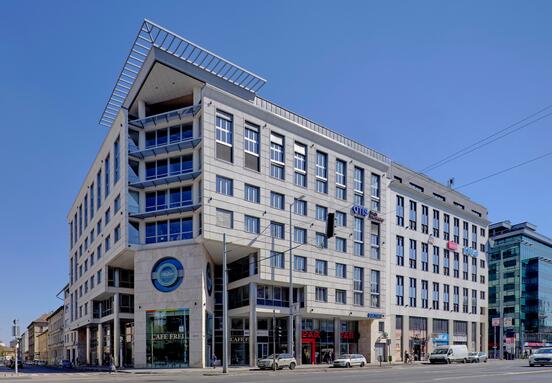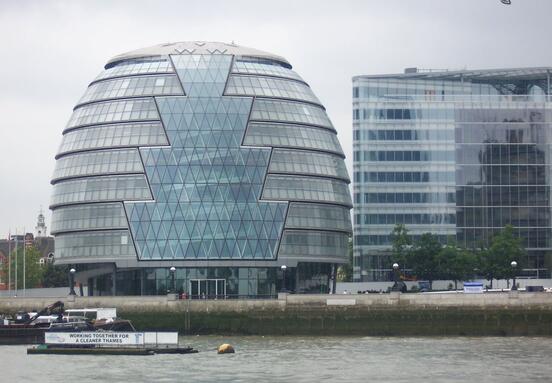1. Growth is imminent in the Budapest office market
The local office market has plenty of growth potential; while modern office space per capita in Western European capitals averages some 11 square metres, in Central Europe it is only 2.5 square metres. As economic growth picks up pace, demand for offices will also rise and the existing supply (3.1 million square metres) will prove insufficient. Budapest has the lowest cost per office workplace in the whole of Europe, amounting only to 6% of the income generated by the average employee, about half of the regional average.
2. Skilled labour
Budapest boasts a high ratio of skilled labour: according to the survey, 45% of locals aged 25-40 graduated from college or university. Since most of them, together with new graduates, prefer to work in the capital, companies setting up or relocating to Budapest can choose from highly qualified experts. Tertiary education is strong in Hungary (where there are 35 tertiary institutions compared to Vienna’s 19), and technical and IT education has traditionally been of high quality; more than 1,100 students commence their studies in these fields every year.
3. Cheap labour
According to Eurostat figures, in Q3 2013 the average cost of labour per hour for the whole economy (excluding agriculture and public administration) was 25.8 euro in the EU as a whole and 30.8 euro in the Eurozone. However, these averages hide significant differences between member states, as our table shows. Hungary has the sixth lowest cost of labour per hour, 8 euro.
4. Leading role in the region
Job opportunities in Europe tend to be concentrated in large metropolises. Budapest, the largest city in Eastern Europe with a population of 1.7 million and an urban agglomeration of 2.4 million, fully meets the criteria. According to the Eurostat forecast, by 2033 the population of the capital will increase by 6% as a result of domestic migration and labour arriving from neighbouring countries, which is 2.5% higher than the Central European average.
5. Underground, buses and bicycles instead of cars
The density of Budapest’s public transport network is unique in Europe: nine public transport stops per square kilometre make it almost twice as intensive as those of Prague or Vienna, and it will improve further when Metro Line 4 commences operation in March 2014. A chain of bicycle rentals called BuBi will open this spring, in line with modern trends, and certainly should have potential, given that almost 100,000 locals regularly commute to work by bicycle.
6. Transport hub
The Hungarian capital is located in the very heart of a number of other major transport hubs and has direct transport links to all other capitals in the region. Almost all European cities are accessible by air – with flights leaving as frequently as every two hours on average.
Zempleni






